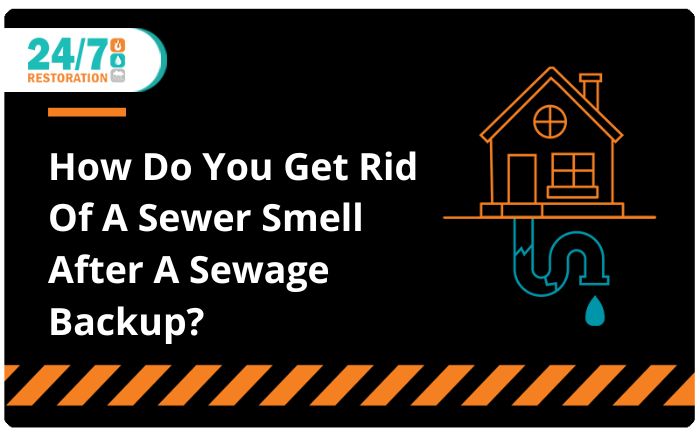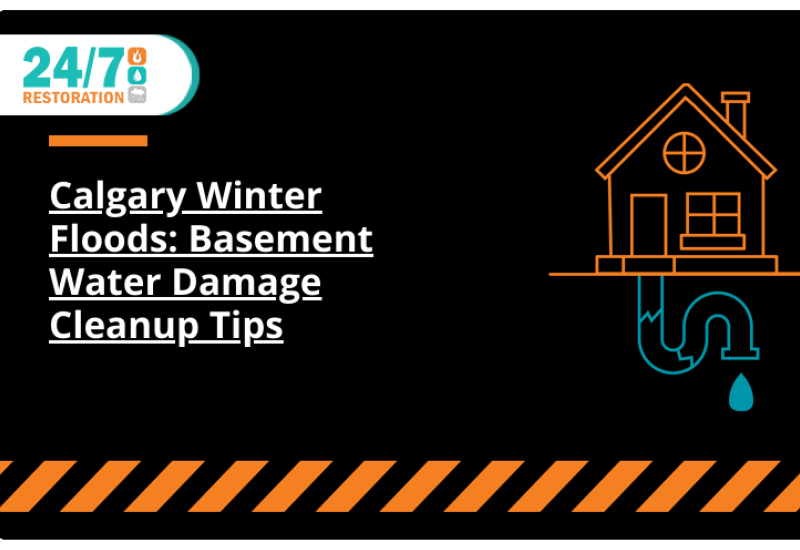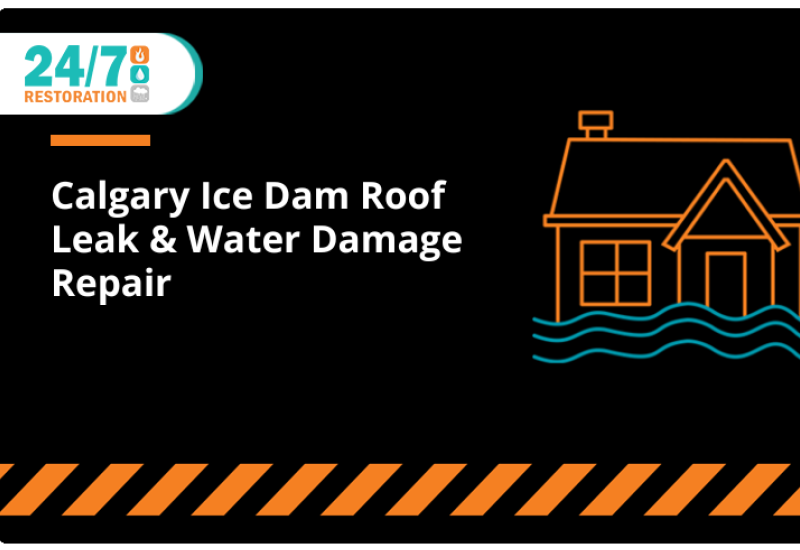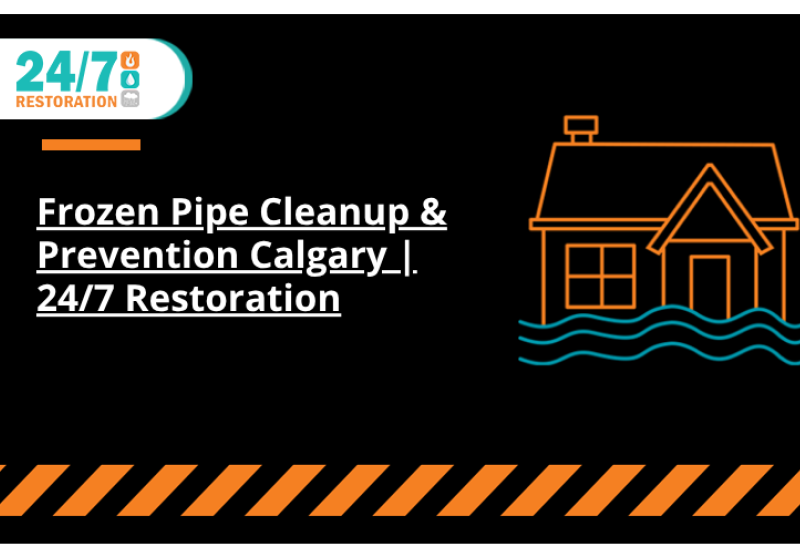Cleaning Up After A Sewage Backup
Sewage backup can occur in any home or business. It can be caused by a variety of factors, including heavy rain, blocked pipes, or malfunctioning septic tanks. When sewage backs up, proper cleanup is the most important thing. A proper cleanup will help eliminate any foul odors. Here is how we make sure the stench doesn’t linger.
Step 1: Identify the Source
The first step in getting rid of sewer smell after a sewage backup is to identify the source of the odor. In most cases, the smell is caused by bacteria and other microorganisms that thrive in the sewage. These microorganisms release gasses that create the foul odor. Our restoration team will perform a thorough inspection of the affected area to determine where the odor is coming from. We'll also check for any other potential sources of odor, such as mold or water damage, that could be contributing to the problem.
Step 2: Remove the Source
Once we've identified the source of the odor, the next step is to remove it. This may involve removing contaminated materials, such as carpet, furniture, or drywall, that cannot be salvaged. We'll also use specialized cleaning products and equipment to disinfect the affected area and eliminate any remaining bacteria or other microorganisms that may be contributing to the odor.
Step 3: Deodorize the Area
After the source of the odor has been removed, the next step is to deodorize the area. Our restoration team will use a variety of specialized techniques to deodorize the affected area, depending on the severity of the odor and the type of materials involved. Some of the techniques we may use include:
- Thermal fogging: This involves using a machine that heats up deodorizing chemicals and disperses them into the air. The chemicals bind to the odor molecules, neutralizing them and eliminating the smell.
- Ozone treatment: This involves using an ozone generator to produce ozone, which reacts with the odor molecules and breaks them down into odorless compounds.
- Air scrubbing: This involves using a machine that filters the air, removing odor molecules and other contaminants.
Step 4: Monitor and Test
After the deodorization process is complete, we'll monitor the affected area to ensure that the odor has been completely eliminated. We may also conduct air quality tests to confirm that the air is safe to breathe and that there are no remaining contaminants present.
Of course, the best way to avoid bad odors due to a sewage backup is to prevent sewage backup and protect your home. Here are some important to take preventative measures:
- Avoid flushing anything except approved tissue products down the toilet, do not rinse hair down the bathroom sink, and do not dispose of grease or food scraps down the kitchen drain.
- Adopt a regular cleaning and maintenance schedule to keep your plumbing system functioning optimally.
- Install a backflow preventer and a sump pump alarm to alert you to sewage backups.
For more details, read How To Handle A Sewage Backup.
Clear The Air After Sewage Backups With The Team At 24/7 Restoration
Sewage backup is a serious issue that can cause significant property damage and pose serious health risks. We understand how important it is to get rid of sewer smell after a sewage backup. The team at 24/7 takes a thorough and systematic approach to eliminate the odor and restore your property to its pre-loss condition. If you're dealing with a sewage backup and the accompanying foul odor, don't hesitate to contact us. We have the expertise and equipment necessary to get the job done quickly and effectively, so you can get back to your normal routine as soon as possible. We ensure that all potentially hazardous sewage spills are quickly contained and thoroughly cleaned. Our comprehensive sewage cleanup service will lower the risk of potential damage to your home while also minimizing effects on your health and the environment and eliminating lingering odors. Call 24/7 Restoration any time, night or day, at 1-403-247-4365 or fill out the online contact form.
FAQ
Q: What are the health risks associated with sewage backup?
A: Sewage backup can contain harmful bacteria, viruses, and other contaminants that can cause serious health problems such as gastrointestinal illness, skin infections, and respiratory issues.
Q: How quickly can mold start to grow if the water is not properly removed?
A: Mold can start growing within 72 hours of exposure to moisture.
Q: What causes sewage backup?
A: Sewage backup can be caused by blockages in pipes, problems with the sewer main, heavy rainfall, or broken septic tanks.




